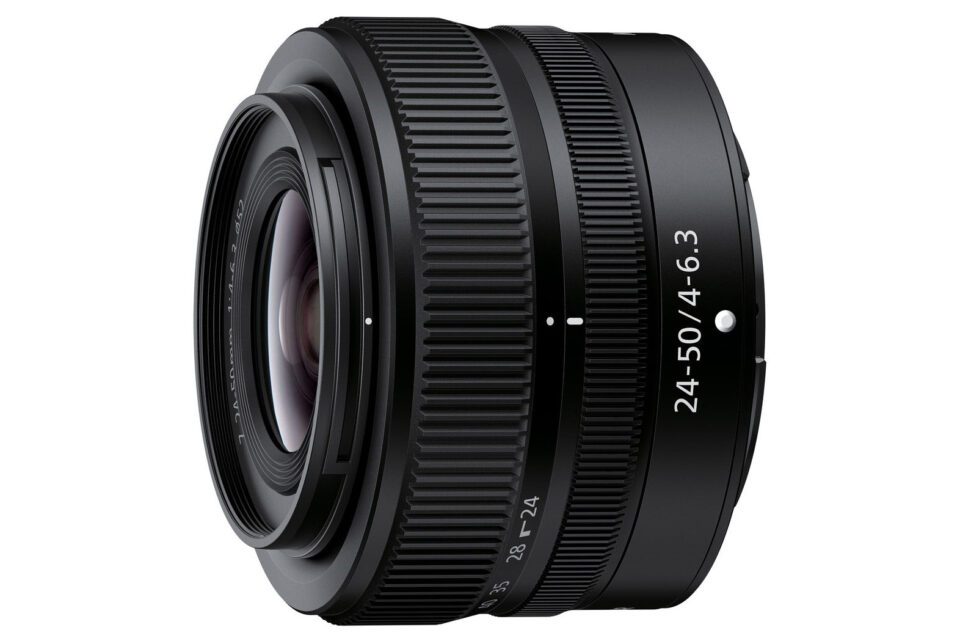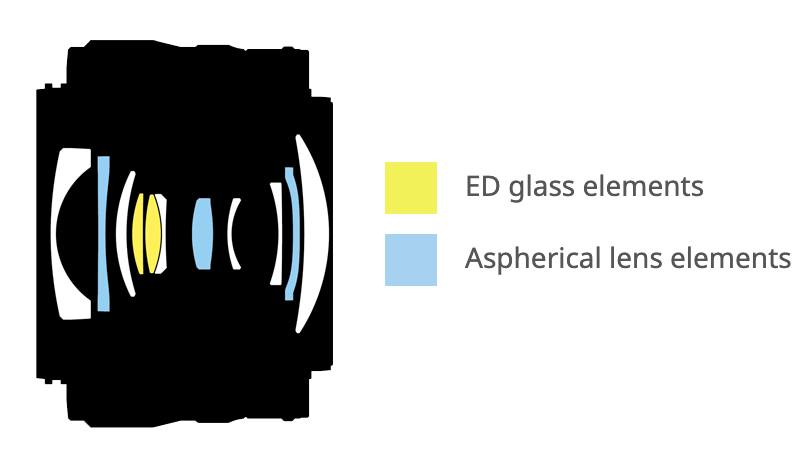A relatively basic and sometimes overlooked lens in Nikon’s venerable Z-series lens lineup is the Nikon Z 24-50mm f/4-6.3. Selling for $400 on its own but $300 as a kit with any full-frame Nikon Z camera, this is a budget optic with a narrow zoom range and a slow maximum aperture of f/4 to f/6.3. But despite its underwhelming specifications, some photographers may be considering it as a lightweight kit lens, especially if it lives up to the reputation of the other (almost entirely excellent) Nikon Z lenses so far. This review covers everything you need to know about the Nikon Z 24-50mm f/4-6.3.
Although the Nikon Z lenses released so far have been very well received, one of the lingering issues is that most of them are fairly expensive. For example, the Nikon Z 50mm f/1.8 S costs $600, while its F-mount counterpart (the 50mm f/1.8G) costs just $200. The Z lens is of course the better optic of the two, but considering how many photographers are operating on a budget, there are only so many $600-1000 lenses they can buy. Even the primary kit lens meant to pair with a Z-series camera, the 24-70mm f/4 S, costs $1000 on its own and $600 when bundled with a camera.
That’s where the Nikon Z 24-50mm f/4-6.3 comes in.

It lacks a lot of features found on other Nikon Z lenses, but it’s only $300 if you buy it as a kit with a Nikon Z camera. This makes it one of the least expensive ways to get started with the Z system, particularly if you pair it with the inexpensive full-frame Nikon Z5 camera. Not to mention that the 24-50mm f/4-6.3 weighs only 195 grams / 0.43 pounds and collapses down to just 5 cm / 2 inches in length. In those respects, it does exactly what a kit lens should do.
The problem is that the lens’s overall specifications and features aren’t particularly impressive. Here they are:
Nikon Z 24-50mm f/4-6.3 Specifications
- Mount Type: Nikon Z Mount
- Focal Length: 24mm to 50mm zoom (2.1× zoom)
- Angle of View (DX): 61° to 31° 30′
- Angle of View (FX): 84° to 47°
- Maximum Aperture: f/4 at 24mm; f/6.3 at 45mm and beyond
- Minimum Aperture: f/22 at 24mm; f/36 at 45mm and beyond
- Aperture Blades: 7, rounded
- Filter Size: 52mm
- Lens Elements: 11
- Lens Groups: 10
- Special Elements: 2 ED glass, 3 aspherical
- ARNEO Coating: No
- Nano Crystal Coating: No
- Super Integrated Coating: Yes
- Fluorine Coated Front Element: No
- Electronic Diaphragm: Yes
- Vibration Reduction: No
- Internal Focusing: Yes
- Control Rings: One (generally used for manual focus)
- Function Buttons: No
- Internal Zooming: No
- Focus Motor: Stepping motor
- Minimum Focus Distance: 0.35 meters (1.15 feet) at all focal lengths
- Maximum Magnification: 0.17× at 50mm (1:5.9)
- Mount Material: Plastic
- Weather/Dust Sealing: Yes
- Dimensions (Length × Diameter): 51 × 74 mm / 2.1 × 2.9 inches
- Weight: 195 g / 0.43 lbs
- MSRP: $400, or $300 if bought as a kit lens with a camera
- Lowest Sale Seen: $400 standalone, $300 as kit (check current standalone price and price as kit with Nikon Z5)

The auxiliary specifications aren’t too bad, but the headline numbers are concerning: a 2× zoom range and a maximum aperture of just f/6.3 at the long end. Those numbers wouldn’t be so bad if this lens covered more unusual focal lengths, like a (hypothetical) 12-24mm f/4-6.3 or 150-300mm f/4-6.3. But this is a wide-to-normal zoom. Even the most basic such lenses from any manufacturer are usually something like a 24-70mm or 24-85mm – and almost never with a maximum aperture narrower than f/5.6 at the telephoto end.
One way to look at it is that Nikon was aiming for the absolute minimum weight and size with this lens, and therefore made some zoom and aperture compromises to trim things down. And it’s true that this is a lightweight lens: 195 grams compared to the Nikon Z 24-70mm f/4’s 500 grams and the Nikon Z 24-200mm’s 570 grams.
But it comes at the expense of usability. I think a slightly heavier 24-70mm f/4-6.3 would have been more useful as a kit lens for most photographers. Alternatively, Nikon could have prioritized release of the upcoming, compact 28mm f/2.8 and 40mm f/2 prime lenses if minimum weight and price were the top concerns. Instead, we’re left with a lens that has a very slow maximum aperture and a zoom range that’s only marginally better than a prime anyway.
Here’s the lens construction diagram for the Nikon Z 24-50mm f/4-6.3:

Even though this is an entry-level optic, Nikon did include an impressive three aspherical and two extra-low dispersion glass elements to help boost image quality. That alone isn’t enough to guarantee a sharp lens, but it shows that Nikon didn’t go with the bare minimum design. Whether those special elements pay off in image quality is something we’ll examine throughout this review.
For now, let’s take a closer look at how the lens is constructed and what handling features it has (or lacks). Click the menu below to jump to the next page of the review, “Build Quality and Handling”: